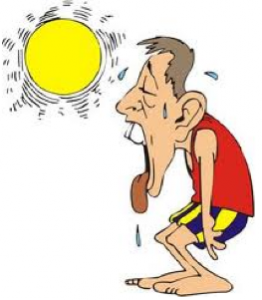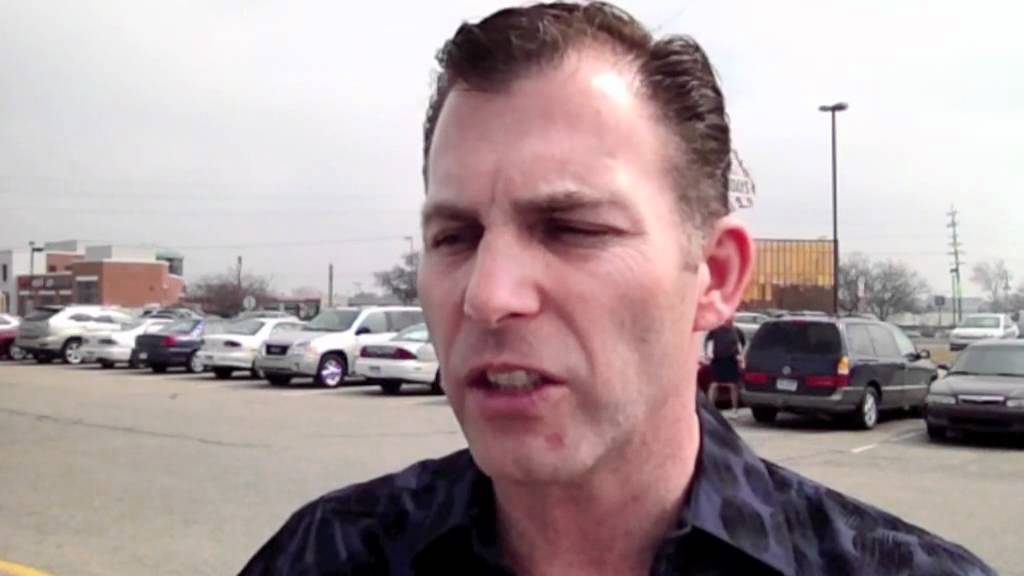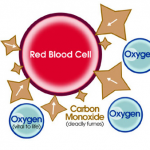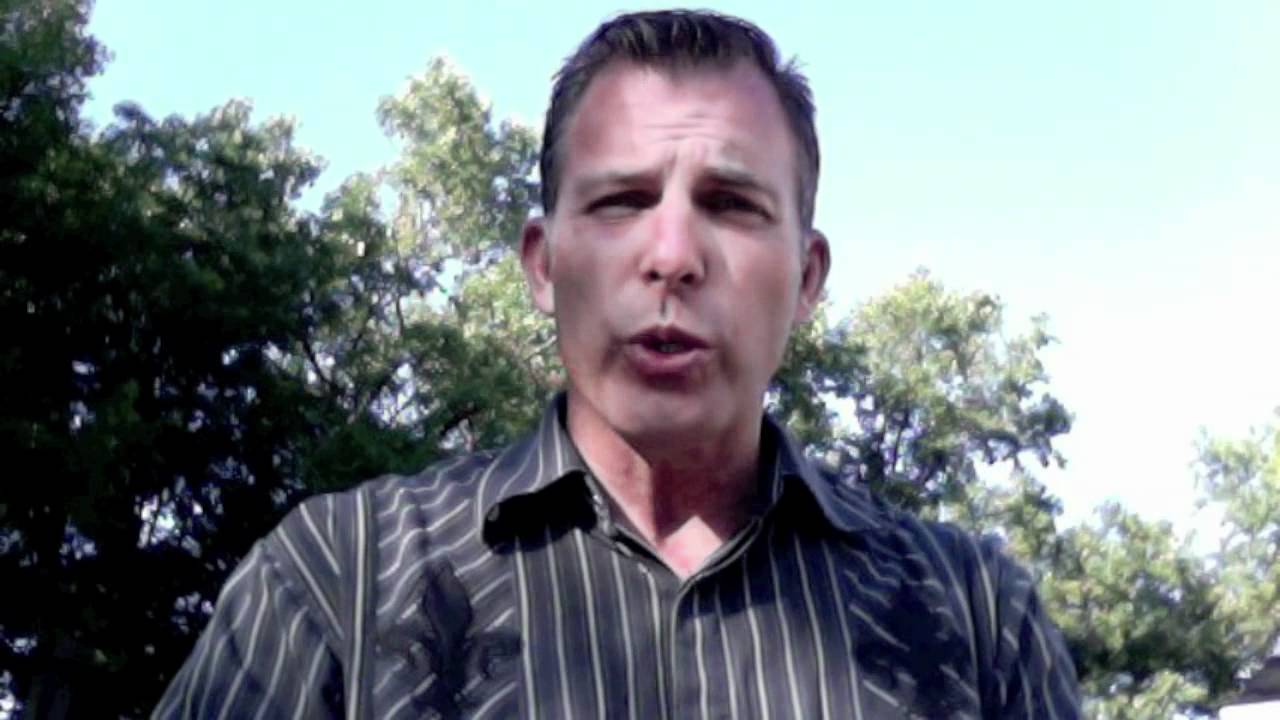QUESTION:
“It’s so hot where we live and it seems that we have elderly people who suffer most when it gets hot and humid. Is there anything I can do to stay cool myself and maybe even help someone who is having a heat related health problem?”
Signed, 
Melting in Florida
Dear Melting,
Benjamin Franklin once said “An ounce of prevention is worth a pound of cure.” This saying applies to many different health care related scenarios, heat related emergencies certainly not the least of them.
When staying safe and healthy in hot and humid weather it is important to understand what types of environments will put one at risk.
To get started, let’s take a look at how a heat index works.
A heat index combines air temperature with relative humidity as a way of determining how hot a person feels. A person feels hotter in more humid climates because the moisture in the air does not allow one’s perspiration to carry the heat generated by the body away and evaporate as easily. When the body cannot cool itself by perspiration and evaporation, the body’s temperature rises and one may feel less comfortable or may even lead to more serious heat related problem.
An example of what could take place in certain heat indexes are as follows:
- 80–90 °F Caution — fatigue is possible with prolonged exposure and activity. Prolonged activity could result in heat cramps.
- 90-105 °F Extreme Caution — heat cramps, and heat exhaustion are possible. Prolonged exposure and activity could result in heat stroke.
- 105-130 °F Danger — heat cramps, and heat exhaustion are likely; heat stroke is probable with continued activity.
- Over 130 °F Extreme danger — heat stroke is imminent. (Please note that these are shade values. Exposure to direct full sunshine could increase these heat values by more than 10 degrees.) Closely paraphrased from the public domain article Heat Index on the website of the Pueblo, CO United States National Weather Service.
Most individuals can indeed acclimatize to heat which will help the body tolerate hotter conditions with less stress to the body. This process for normal healthy individuals usually takes about 5 -7 days. This should be done gradually and with a person maintaining good hydration. A person is capable of sweating up to 2-3 gallons of water per day in hot conditions and cannot rely on the thirst drive in order to know when to drink. During heavy sweating, a person should be drinking approximately 5-7 ounces every 15 minutes 20-30 ounces per hour in order to replenish lost fluids. Valuable electrolytes such as sodium, calcium and potassium may be lost during heavy perspiration and should be replaced with proper nutrition and diet. http://www.cdc.gov/niosh/hotenvt.html
Those who are most vulnerable to these heat indexes include:
- infants,
- the elderly (often with associated heart diseases, lung diseases, kidney diseases, or who are taking medications that make them vulnerable to heat strokes),
- athletes, and
- outdoor workers physically exerting themselves under the sun.
or
Those who do not have means for escaping the heat. Some examples of how to escape the heat include:
- Circulation of air by fan or ventilation,
- Accessing lakes, ponds or pools
- Air conditioning or subterranean cooling like a vegetable cellar or cool basement.
- In certain cases, placing ice bags under arm pits or around the neck or over other arteries like the wrists, ankles, top of head which may help in cooling core body temperatures.
- Cool or tepid bath water or a cool shower
If an individual does not have means of cooling and succumbs to the heat they may be suffering from heat fatigue, heat exhaustion or heat stroke. Let’s take a look at each of these and how to treat each problem.
Definition Heat Fatigue: The signs and symptoms of heat fatigue may include heavy sweating, muscle weakness, tiredness, and impaired performance of skilled sensorimotor jobs.
Treatment: Remove from heat, encourage water intake and good healthy nutrition and allow person to rest. Allow person to acclimatize longer to increased heat environment.
Definition Heat Exhaustion: The signs and symptoms of heat exhaustion may include all of the above with the addition of heat cramps in legs, abdomen, back, calves and arms, headache, nausea, vomiting, dizziness, confusion and lethargy.
Treatment: Remove from heat, encourage fluid intake, loosen clothing, poor water over persons body to soak clothing and begin cooling persons body. Monitor person for unresponsiveness, difficulty breathing or cardiac arrest. If person is not improving with treatment or symptoms worsen, activate EMS or 911. Heat exhaustion can become heat stroke if body temperature is not reduced.
Definition of Heat Stroke: All of the above for heat exhaustion but usually progress to the following:
- high body temperature
- the absence of sweating, with hot red or flushed dry skin
- rapid pulse
- difficulty breathing
- strange behavior
- hallucinations
- confusion
- agitation
- disorientation
- seizure
- coma
Treatment: Remove person from source of heat, loosen clothing, begin cooling the person’s body safely as soon as possible in order to lower body temperature. Nothing should be given by mouth once the person cannot drink safely on their own. Activate EMS/911 and support with CPR and First Aid for life saving measures. http://www.medicinenet.com/heat_stroke/article.htm
So, next time you’re planning a trip out into hot conditions, take a moment to check the heat index and formulate a plan for protecting, preventing and treating yourself and others who might fall to heat related emergencies. Oh, and if you know someone who may be vulnerable to hot weather, see if you have an extra fan, or maybe even give them some tips on how to cool down right in their own home. You could just find that you have some rescue hero in you too.








